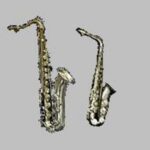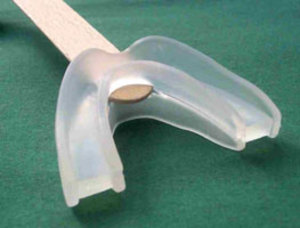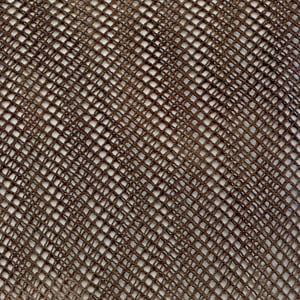The Selmer S80 Series mouthpiece, otherwise known as a C*, has been my choice of mouthpiece for years. I first started looking at mouthpieces when I was still playing on my student model saxophone, but before I started playing on an upper level horn. The C* was recommended to me by my band director at the time. After spending a bit of time at a local music shop where I was allowed to try out different mouthpieces on my horn, I decided on the C*. This allowed for a noticeable improvement in my tone, flexibility, response, and overall playing.
Product Description
Hard rubberSquare cross-sectioned chamberStandard facing
Precision crafted with a firm yet responsive feel. Hard rubberSquare cross-sectioned chamberStandard facingThe Selmer Alto Saxophone Mouthpiece from the S80 series is machined from hard rod rubber to assure stability, accuracy and consistent facings. This mouthpiece features a square cross section in the chamber instead of the conventional arch.
Tone
After playing on my Selmer C*, I noticed a marked difference in my tone. I thought it was more centered, rounded, and mellow. The C* lends itself to a more classical style of playing, which is perfect for the school band, wind ensemble/concert band, chamber music, and solo work. However, this mouthpiece is not typically used in a jazz band type of setting.
Response and Flexibility
Here again, there is great improvement right away when switching from a cheaper stock mouthpiece that many students start with. Everything from tonguing, register changes, and technical work becomes smoother and more responsive. This isn’t to say that the same cannot be achieved on the cheaper mouthpieces, it just takes a lot more work. For a middle school or high school student, that can become quite a challenge.
Overall
This is a great mouthpiece, and I still play on it. However, when I got my second saxophone (which was a Selmer), I ended up with another Selmer S80 mouthpiece. It’s not much of a loss though, since that just meant I had a spare mouthpiece if I ever needed it, and I did not have to constantly switch out my equipment when I switched between saxophones. I even used this mouthpiece through college as a music student, and it served me well. There was a bit of talk of using a different mouthpiece, and I think a couple of my teachers had me try some out. I never did get a new one though. For someone going onto graduate, doctoral, or even upper-end undergraduate work, this may not be the best choice for their particular horn, set-up, and playing needs.
Even as a young player when I first started playing on the C*, I noticed a great change whenever I played. Before considering a better horn for a student, this is probably the first upgrade a student can make with some greatly noticeable results. However, it is worth noting that better equipment is not a replacement for good technique, embouchure, and good old fashioned practice. It’s a great mouthpiece, but it’s not miracle worker.
Possible Drawbacks
Cost- When I bought mine over 10 years ago, the C*’s were selling for about $80. The price I see on places like wwbw is now around $120. However, considering the payoff these mouthpieces typically give, I still feel it is well worth the money.
Material and cleaning- The C* is made of hard rubber. I have known people to break their C* after it was dropped, but then again I know plenty of mouthpieces that have been fine after a fall. This may make it a little trickier to clean. I usually just let it soak in a part vinegar/water solution, or use warm/soapy water every so often. Never boil or use hot water on a hard rubber mouthpiece as this can warp it and basically ruin it. I know people who have done this.
Jazz- This is not the mouthpiece for serious jazz players by any means. Even the little jazz playing I do, I switch my setup.
Recommended:
Yes





